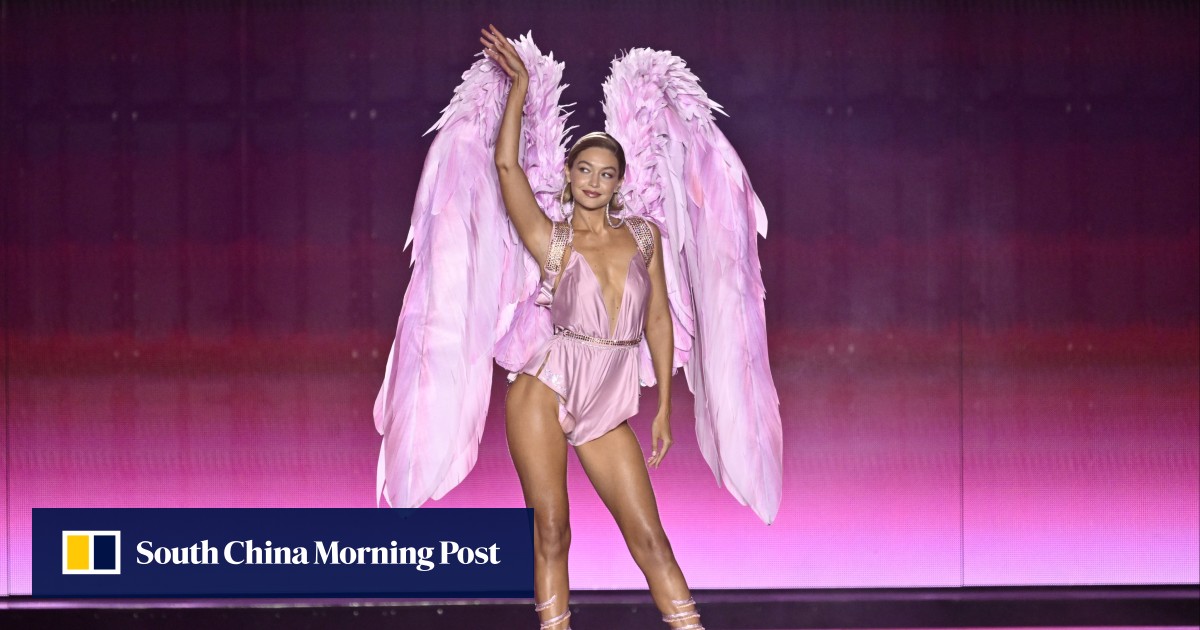Fashion
How Victoria’s Secret changed the US retail, media and fashion worlds

Long-time angel Adriana Lima and icon Tyra Banks were back after six and 20 years respectively, alongside the likes of Candice Swanepoel and Behati Prinsloo; Cher performed and Lisa from Blackpink attended. The pink carpet and show itself were live-streamed on social media and on Amazon in an attempt to revive the once-influential cultural event. The big question is, will it work?
As Chantal Fernandez and Lauren Sherman detail in their new book, Selling Sexy: Victoria’s Secret and the Unraveling of an American Icon, it will be hard for the show, which was first broadcast on television in 2001, to fully regain its cultural cachet.

“When the show started, regular American people were not exposed to fashion,” Fernandez says. “They couldn’t watch the Louis Vuitton show live. That’s part of what made it so successful – it was a glimpse into this really insular world and a way to interact with these models. It’s a genius packaging of a glimpse into the high fashion world, completely commercialised and made to be family friendly. And there wasn’t real fashion, but it was feeding that interest in fashion as it became a more global, entertainment-adjacent industry.”
Beyond the show – which in 2001 hit a peak of over 12 million viewers before being hit by critiques around inclusivity, rising competition and misconduct allegations faced by marketing executive Ed Razek, as well as former CEO Les Wexner’s long-term relationship with Jeffrey Epstein – veteran fashion journalists Fernandez and Sherman unpack how Victoria’s Secret became the lucrative lingerie empire of its heyday, and what went wrong. It’s a tale that traces the company’s founding in 1977 – and naming after a fake, idealised British woman – to its rapid expansion in the 1980s and 1990s under Wexner, to the success of the runway show in the 1990s and 2000s, and to its decline and rebranding efforts in recent years.
For the authors, the mammoth task began in August 2020, when the two – who did a lot of reporting together at industry publication Business of Fashion – discussed a meeting Fernandez had with a source. The journalists realised that despite how much coverage there was on the company, there was a cohort of people who not only hadn’t engaged with the media but could help paint a fuller picture, and they had an in. Sherman suggested they take on the project together, and the work began.










